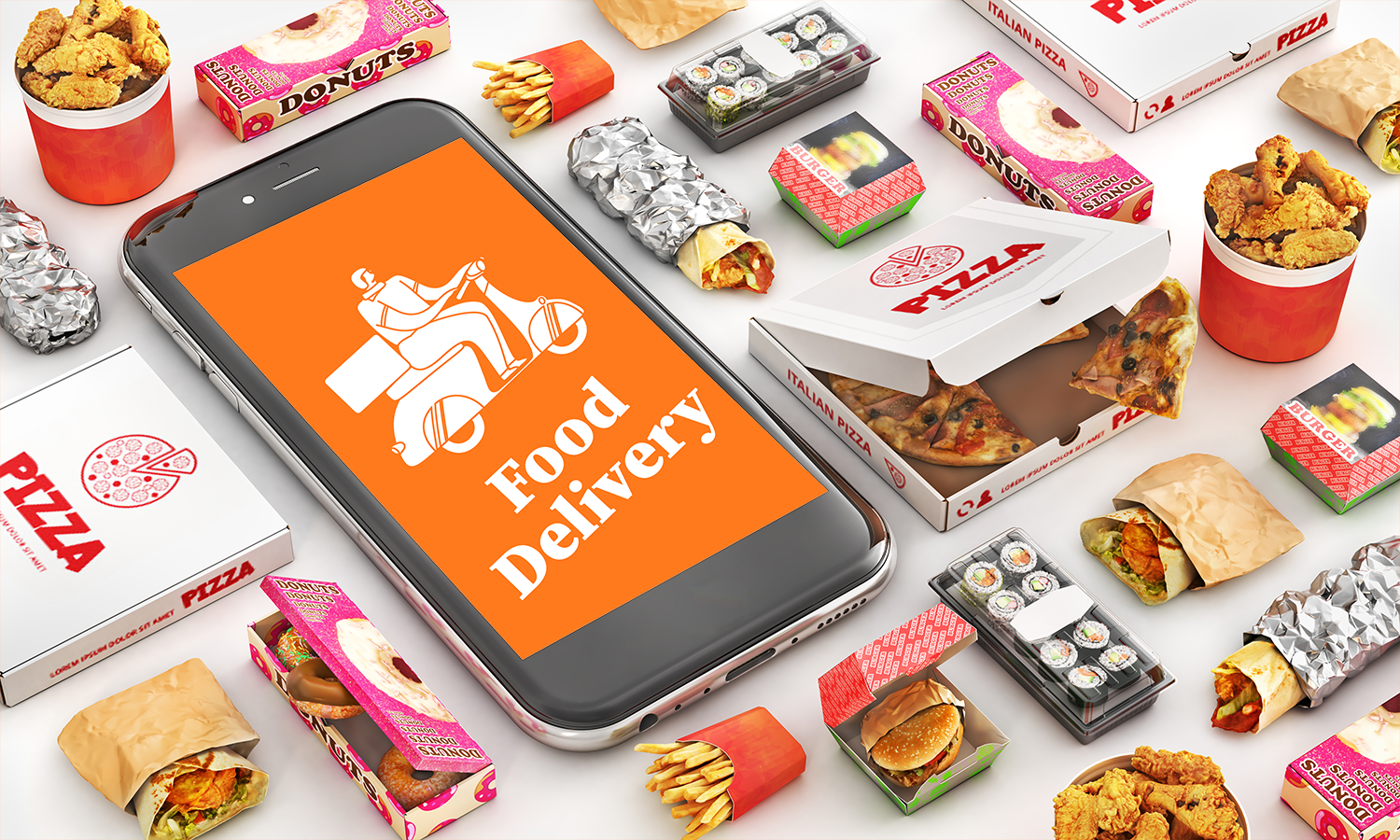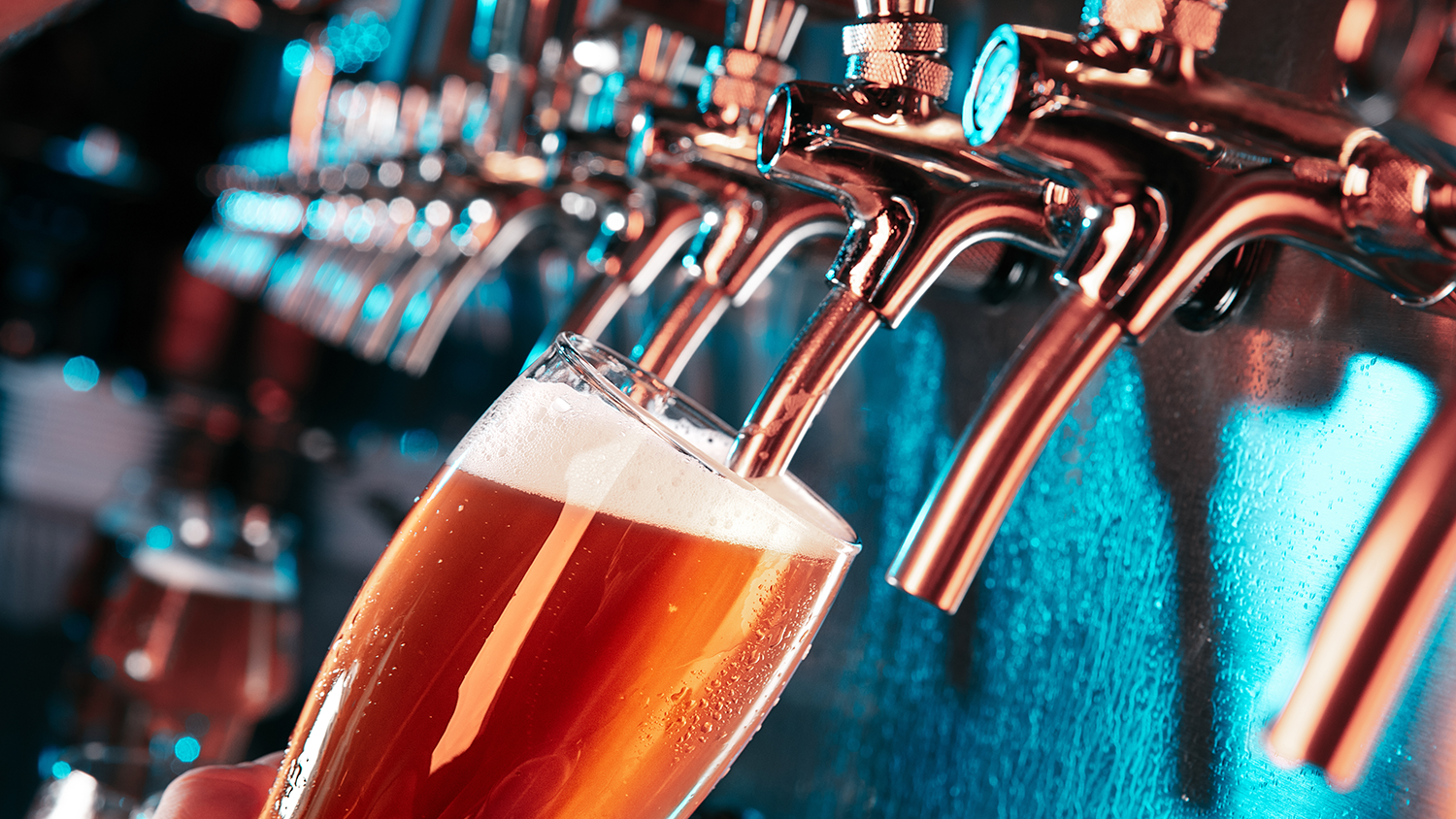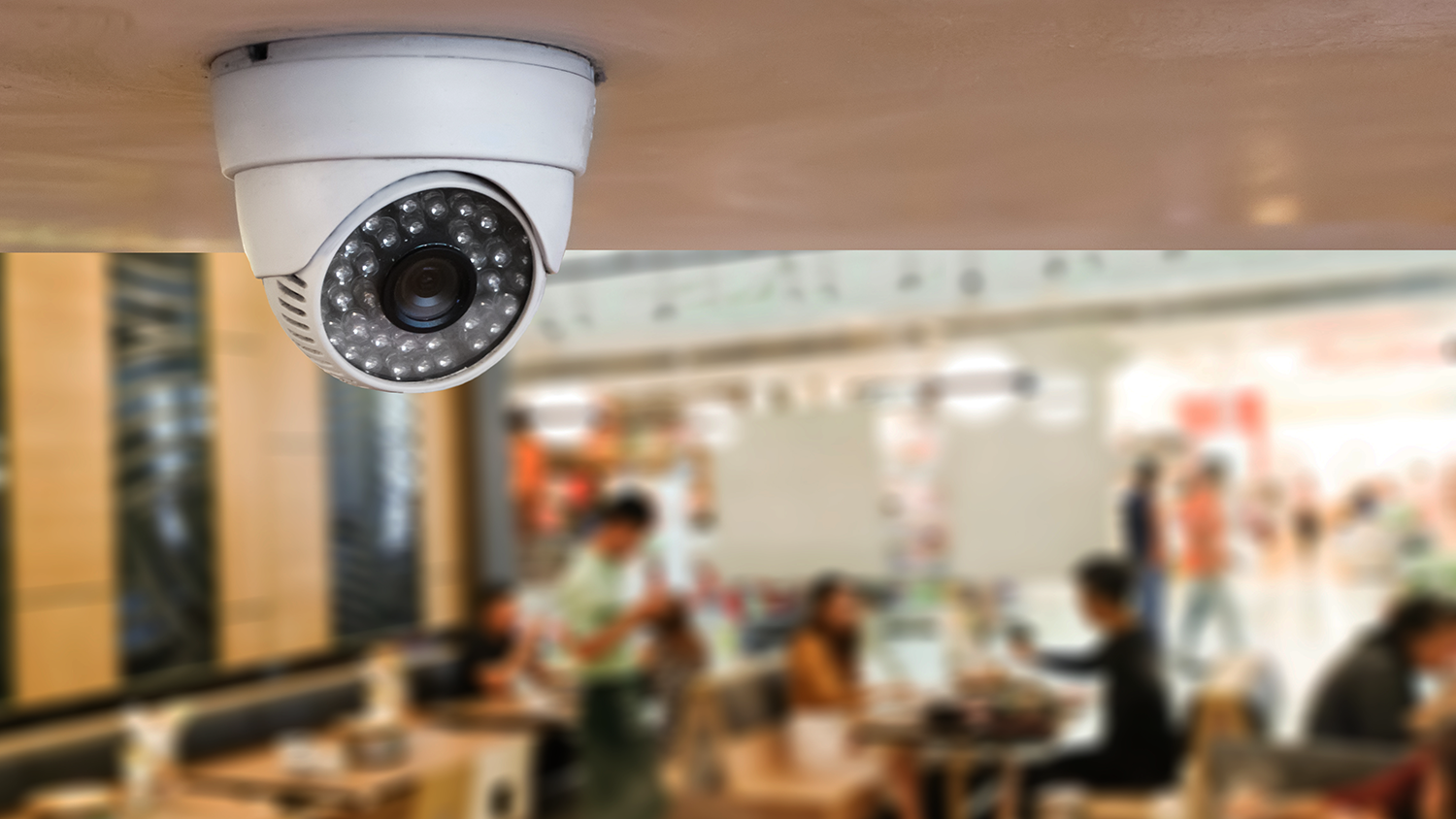By Heather Langley, Contributor
A restaurant point of sale (POS) system is home to a vast amount of personal information, including customer data and payment information. This makes it vulnerable to hackers who may try to tap into the system to steal the data. Restaurant owners need to take measures to keep their POS systems safe and secure to protect both business and customer data.
In this article, we discuss seven strategies which can be implemented to protect POS data from threats and reduce the risk of data breaches.
Book a PCI Security Assessment
The Payment Card Industry (PCI) Security Standards Council governs a global set of requirements that define how payment data should be handled. Working to protect cardholders’ information from data breaches or fraud, the PCI outlines different measures that should be followed by any business that has access to cardholder data.
To help restaurant businesses ensure they are compliant, PCI security assessments can be booked. A certified assessor would carry out a thorough check of the POS system to examine the network, storage system, and access controls to establish whether the system is well protected. This will be done by analyzing POS information to ensure that it is compliant and free of risk. If there are vulnerabilities in the POS system, recommendations will be made to help the business tighten up its security.
Secure the System After Closing
Business owners easily fall into the habit of securely locking up their restaurant premises for the day and heading home. Securing a POS system can be just as important as physical security, yet this is often overlooked.
Following the working day, restaurant staff should log out of their POS system and power off any devices, such as payment terminals or kitchen screens. This reduces the risk of unauthorized personnel attempting to access the system during closing hours.
Add End-to-End Encryption
For restaurants that accept credit card payments, end-to-end encryption is important to prevent the data from being intercepted during transmission. By encrypting sensitive information until it arrives at the receiving end, even if it is to be accessed by external parties, it will be unreadable.
Many modern POS systems come with built-in encryption features as standard, but this is something that restaurant owners should check. If a system does not have end-to-end encryption incorporated, it may imply that it is not up-to-date and thus more susceptible to security breaches.
Implement Multi-Factor Authentication
Multi-factor authentication adds an extra layer of security before access to the POS system is granted. The process typically consists of entering a password and then receiving a one-time passcode to the phone or email account of an authorized user.
Adding a second form of authentication makes it much trickier for hackers or unauthorized users to access a POS system, being controlled by managers and administrators to ensure threats are minimized. In fact, a study by Microsoft revealed that over 99.99% of accounts with multi-factor authentication enabled accounts remained secure.
Avoid External Networks
POS systems should always be connected to trusted networks to prevent unauthorized users from being able to tap into them. The system should always be connected to a dedicated network with robust encryption instead of trusting public Wi-Fi sources. The network should be password-protected and use a separate connection from guest Wi-Fi.
With insecure networks being one of the easiest ways for hackers to gain access to personal data, business owners should take extra care to ensure that they strengthen their network security.
Install Antivirus Software
Antivirus software is an essential tool that helps detect any suspicious activity and block any malicious software from being installed. By minimizing the chance of any malware or spyware taking control of business devices and compromising sensitive information, restaurants can assure their customers that their data is well protected.
Installing antivirus software across all POS devices and regularly updating these will maintain a barrier against viruses. Many POS systems schedule automatic updates, but it is important to make sure this feature is in place.
Limit Access to Sensitive Data
Restaurant owners should carefully manage user access to ensure that only authorized employees can access sensitive information. Many restaurants provide all employees with full access, not considering that many of them do not have any need for the sensitive data, yet opening up the potential for internal breaches or accidental misuse.
Assigning different levels of access based on job function is a great way to protect data without making employee’s roles more difficult. For example, a manager may need access to all data when producing monthly reports, while waiting staff will only need to process orders and bill payments.
The Importance of Staying Ahead of Security Threats
A restaurant POS system holds endless information that not only creates a responsibility for business owners to protect sensitive data, but is crucial for the business itself.
With hackers and fraudsters continually finding clever new ways to gain access to systems, it is more important than ever that businesses protect their internal systems to minimize the risk of threats.
As well as making sure that the seven strategies above are being addressed, restaurant owners must continue to stay on top of their security over time, updating systems and continuing to manage employee access.
About the Author:
Heather is a content writer with a passion for all things hospitality technology. By helping businesses streamline their processes through POS systems, software integrations, and innovative tech solutions, she provides valuable insights that can help your restaurant stay competitive in an ever-changing market. Contact: heather@solvid.co.uk.














